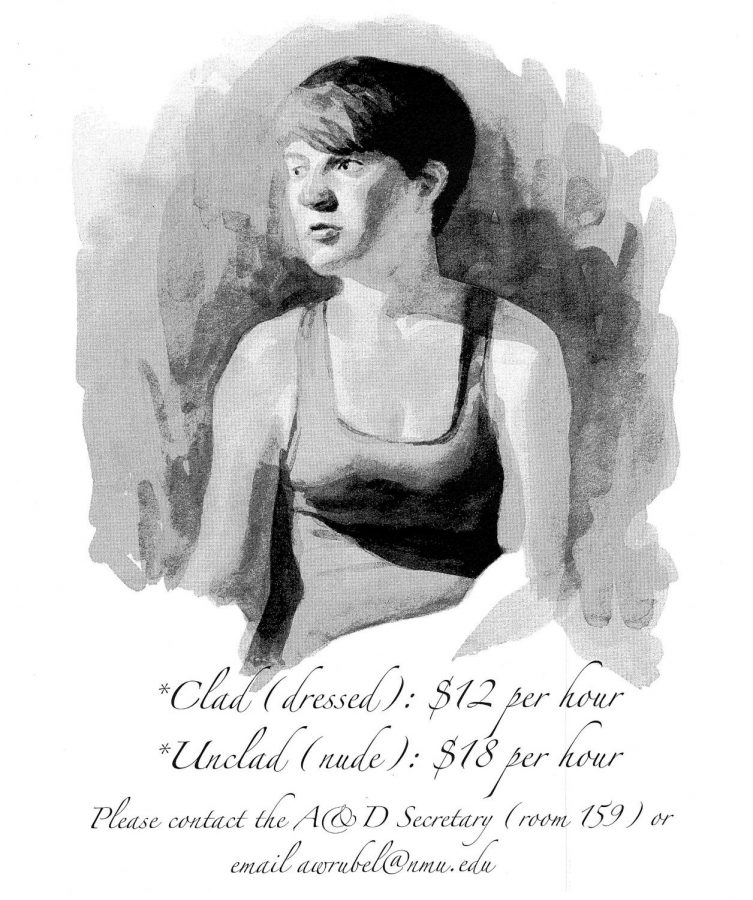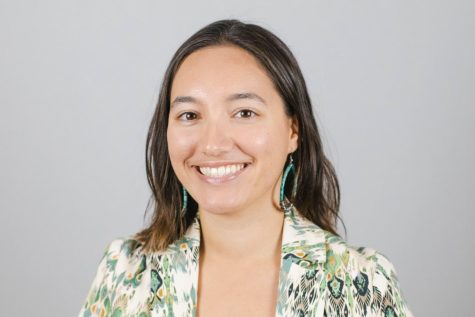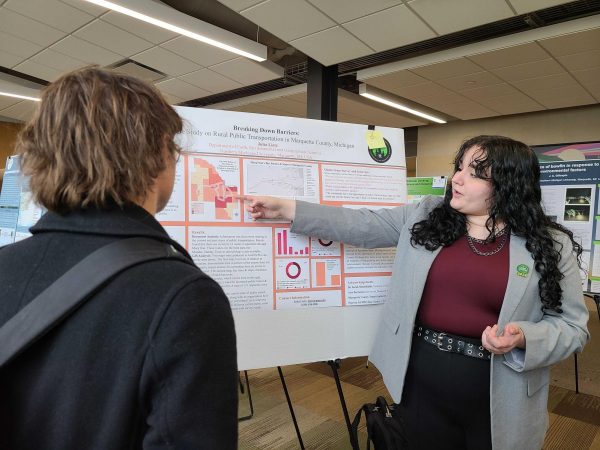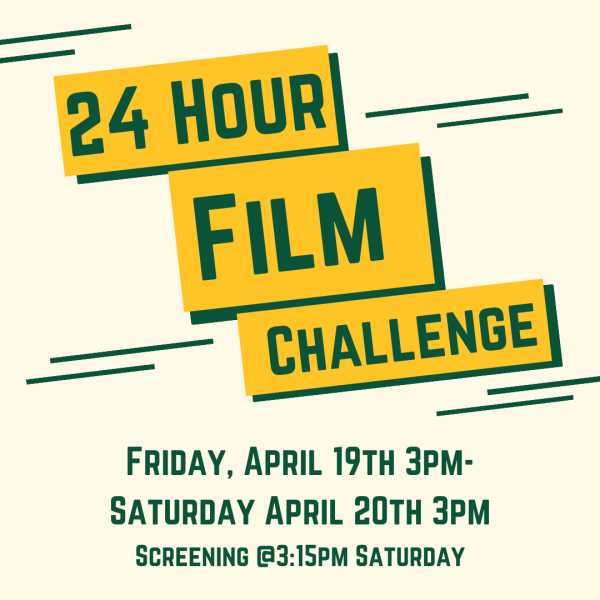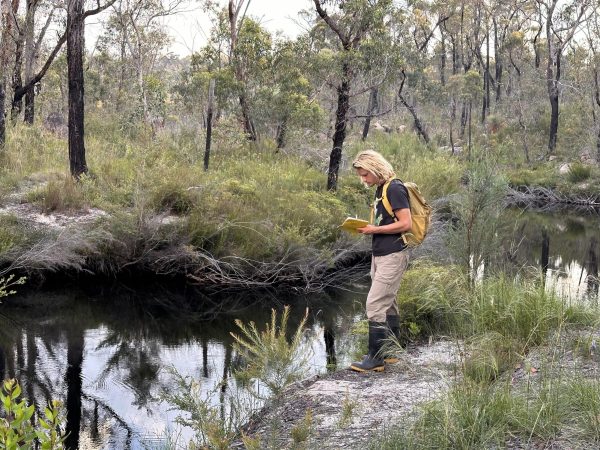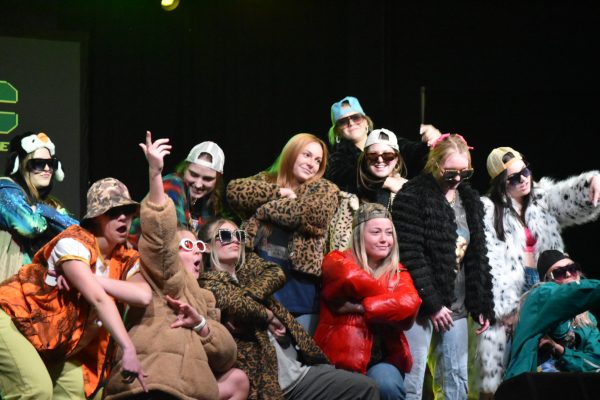School of Art and Design hiring student models to pose in art classes
Courtesy of Andrea Wrubel and Steven Hughes
Poster for student model position within the School of Art and Design. The art for the poster was created by Steven Hughes.
September 30, 2021
When Bryce Yacos, senior secondary education major, first saw the posters advertising student models for the art department, she immediately thought of the cliché movie scene where a character acts as a naked model for an art piece and knew she wanted to apply. Not to mention the pay was $18 an hour.
“I’ve seen it depicted in movies,” Yacos said. “People modeling for open draws and I’ve always thought that it would be a cool experience and just a classic college thing, like ‘I did this in college.’ It was definitely part of just wanting to have the experience as well.”
The School of Art and Design hires student models every year to provide live modeling in some of the art and illustration classes. The department is looking to hire both clad and unclad models and pays $12 and $18 an hour, respectively. Students looking to be student models can email secretary Andrea Wrubel at [email protected] or stop in her office, 159 Art and Design, for more information.
Student models are present in illustration, drawing and painting courses, some of which are taught by Professor of Art and Design Steven Hughes. Live models are important for students to learn from because they provide more details and a different experience than drawing from a photo.
“I want to see students working from life as much as possible, because it is difficult, and because they will find their own artistic voice through how they interpret that figure standing in front them on the flat piece of paper,” Hughes said. “If they’re only ever drawing from photos, their work has already been affected by another device, something that doesn’t always reveal the truth of the subject that you can see when sitting in close observational study of the form, light and shadow, anatomy [and] character.”
Hughes was essentially unable to use live models in his classrooms during the height of COVID-19. He is looking forward to being able to have students practice with live models again, but all models must still wear masks which means facial expressions are difficult to capture.
“The ability to use models was eliminated when I taught remotely and online over the past semesters,” Hughes said. “Now that I’m back face-to-face in the classroom, I am able to use models again as I would normally, albeit masked … I hope to utilize the hands and props to create expression and interest in a pose that may have come from capturing a likeness.”
For senior illustration student Jean Forsythe, drawing from live models produces more realistic art and a wider variety of subjects.
“When I draw from a photo or anything, it’s really easy to tell. It doesn’t look very relaxed, there’s not as many curves in the line, the arms are always kinda a little too straight, their shoulders are too 90 degrees,” Forsythe said. “But drawing from live models, it gives me different body types which I really like to have in the model sessions. It gives me a wider range of figures, and I like to be more diverse in my art.”
The art department hires all students looking to be models and encourages people of all body types and sizes to apply. The only requirement is that you can hold a pose for minutes at a time.
“I need to represent those people and break that social structure,” Forsythe said. “If you’re nervous about being a model because you don’t have the ideal body type, don’t be. I would much prefer a normal body type.”
For Yacos’s first modeling session, she was scheduled as an unclad model during a three-hour open draw session. She had no idea what to expect, but quickly discovered the environment surrounding the modeling was comfortable and professional.
“I was definitely a little nervous at first,” Yacos said. “But the professor and also the students in there all tried really hard to make me comfortable. They could tell that I was nervous up there and they showed me what poses would be good and gave me some tips. They reiterated that it’s just art, it’s just bodies, don’t be nervous.”
After she became comfortable, the hardest part for Yacos was coming up with interesting poses for the classes to draw.
“I actually looked up a couple YouTube videos about how to pose for a live modeling class,” Yacos said. “You want to be asymmetrical and bend your body in weird ways to show off the details of like your ribs and stuff. You position in ways that you wouldn’t really in normal life.”
One of the tips Hughes gave Yacos was to avoid poses that supported her weight on her arms for long periods of time. She also tries to incorporate the idea of movement into her poses as much as possible.
“I have definitely made mistakes. I have leaned back on my arms for the long hour pose and had my hands going numb the whole time,” Yacos said. “I was trying to wiggle but not move too much so they could keep painting. You gotta be careful what pose you choose for your long one. You want to maybe be chilling on the couch or something relaxing.”
Most of the classes that use live models split the class time into sections. The first few minutes of class are very active and require the model to change poses every minute. They then move to 10-minute intervals and end the class with an hour-long pose. However, the models do get a break in-between, Yacos said.
Yacos signed up for both clad and unclad modeling sessions, but unclad models are in higher demand and so she has only done unclad modeling in the two years she has worked for the art and design department.
Drawing unclad models is important for art students to become more comfortable drawing the anatomy, specifically joints, of the human body.
“I think that it is very beneficial to have unclad models for the reason that you see the anatomy so much more,” Forsythe said. “Being unclad doesn’t affect the session at all. You almost begin to prefer it because then you are not having to draw the excess clothing. You are not having to go into those details [and] you get a little better sense of where the muscles are in the body.”
For Yacos, it is also interesting to be able to see the drawings of herself done by the art students after a session is completed.
“You’re always viewing yourself from your own perspective so it’s really cool to see the paintings and see how other people see you,” Yacos said. “Your features aren’t always what you expect … It’s so interesting to see how other people see you and how artists choose to represent you.”
Being a student model is not a decision Yacos regrets and she encourages others to give it a try. Not only was the experience unique, but it helped her become even more comfortable in her own body and increased her self confidence.
“You would think that you would feel awkward sitting up and being the focus of the class, but you don’t. It’s a lot more comfortable than you think,” Yacos said. “I feel like it’s boosted my self esteem so much to be able to do that. So my advice is just to do it. Don’t be afraid, just do it.”





















